People have this misconception that hedgehogs do not need bedding in their enclosures. Let me debunk this statement once and for all.
Hedgehogs are natural burrowers, meaning they dig up the soil to relax, hide, and hibernate. Captive-bred hedgies also have a similar instinct. Hence, they look for a comfortable substrate to rest on.
But what bedding is best for hedgehogs? Will they use any substrate you provide them? And most importantly, are beddings safe for our quill balls? Let’s address these questions one by one.
Table of Contents
What Do Hedgehogs Use for Bedding?
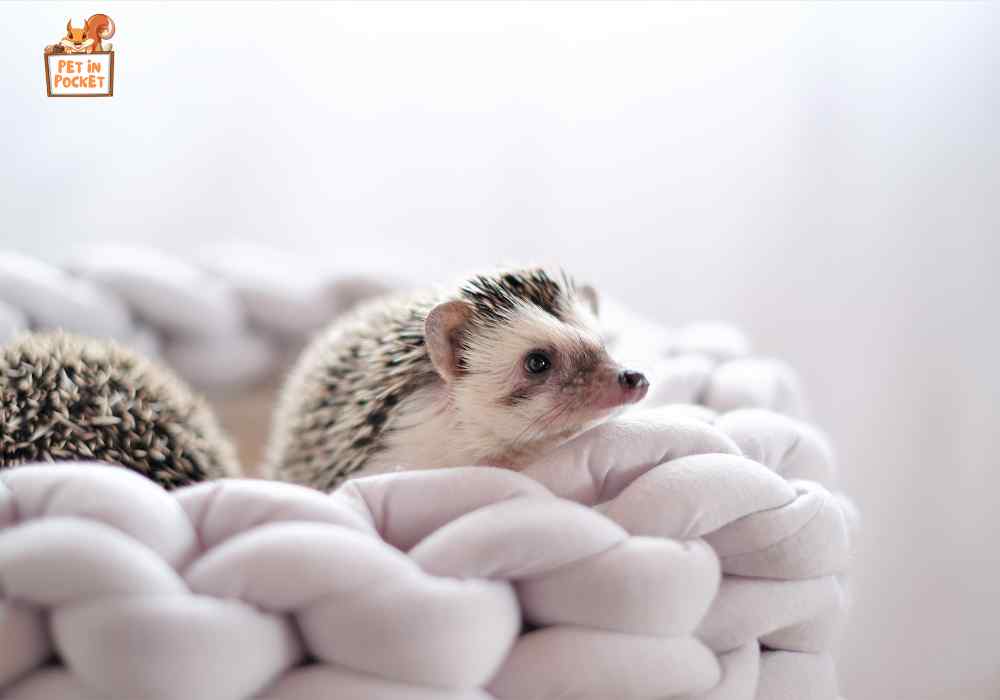
The struggle of substrate selection for our prickly pigs is real. People have spammed the internet with their opinions on ideal hedgie bedding. No disrespect to anyone! But as experts, we can say that most ideas are flawed.
So, what are the best hedgehog-safe beddings? Here, take a look.
1. Paper And Cardboard-Based Bedding
Well, paper and cardboard-based beddings are by far the most popular for hedgies. Variety (Pelleted, newsprint, paper shaving, etc.) is available in this substrate, and it seems to be a safe option.
We use paper and cardboard substrates for our quill balls. Frankly speaking, the numerous benefits of paper bedding come with some minor drawbacks. Let us give you more details.
Pros:
Paper substrates are cheap and affordable. They are soft and have no rough edges that might scratch our little hedgies. Besides, due to their absorbent nature, paper bedding traps any bad odor inside the enclosure.
Beddings made of loose particulate papers promote foraging in the captive prickly balls. Hide insects, worms, or kibbles throughout the habitat and see the magic.
Most brands sell paper substrates made of recycled paper. Hence, they are tagged dust-extracted. Furthermore, the paper shreds are easy to scoop out and throw away. These are plus points in maintaining hygiene in the hedgie cage.
Finally, our little hedgehogs do not mind a little color. Many commercial beddings are available in fun colors, adding a cool vibe to your hedgie’s home.
Cons:
See, the substrate is dust-extracted, not dust-free. Leaving out dust at the bottom will lead to eye or lung irritation in our hedgies.
Apparently, mites proliferate on paper bedding. Thus, there is always a risk of infestation inside the cage. To avoid mite attack, we advise freezing the substrate for 48 hours before layering it on the bottom.
Again, ingestion on paper or cardboard is also a possibility. Sometimes, the papers get stuck on the spines of our hedgies. This can be annoying for the pets.
2. Aspen Shaving Beddings
Aspen bedding is cheap and widely available. Its absorbance is really good, and it can mask the cage’s nasty odor.
Most keepers buy aspen bedding for hedgehogs because it is naturalistic and safe. The loose particles and woody smell stimulate a wild instinct in the hedgies. They tend to burrow more comfortably in this substrate.
Aspen shavings are better suited to quill balls with sensitive skins. As mite infestation is rare in this bedding, hedgies can sleep in peace on this substrate. Furthermore, cleaning out aspen shavings is easier and more convenient.
Well, even with all these benefits, we are not fans of aspen shavings. Firstly, we have used bedding with better absorbent quality. Secondly, we find the aspen texture slightly rough for my quill balls.
Besides, the beddings sticks easily to the hedgehog’s spine and skin. The rough edges might injure the pet’s eyes.
Finally, we think Aspen gets dustier. As a result, irritation in the eyes, nose, ears, and genitals is expected. The hedgie is at a higher risk of getting a respiratory infection.
Expert Tip:
You can avoid the drawbacks with larger flaked aspen shavings. But they are quite expensive.
3. Fabric Bedding
Fabric will definitely be one of our favorite substrates for hedgehogs. This soft bedding provides warmth to the quill balls in the cold, and the prickly balls can hide in the sheets. Besides, fabrics absorb liquid like magic. The best part is that fabric bedding is reusable, and washing it definitely saves you money.
Many hedgies grow bedding sensitivity over the years. For them, fabric substrate seems like a better option. Moreover, with fabric bedding, you do not have to worry about mite infestation as you wash it regularly.
The most popular fabric substrates are towels, fleece blankets, pillowcases, cage liners, and puppy pads. We generally recommend fleece bedding for hedgehogs.
Anyway, the fabric substrates do have some downsides. Loose strings and threads are common in clothing. Our hedgies can get their feet or toes wrapped in the threads. Not to mention that the smoothness of the sheets might make the hedgehogs trip.
Layering out the cage bottom with fabric eliminates the natural feeling of burrowing. This is the only reason we encourage keepers to consider other bedding options. And one more thing: The fabric loses its absorbance with more washes. In such scenarios, you have to buy new bedding.
4. Bioactive Substrate
Bioactive substrates have received much attention recently. Though bedding is famous for reptiles, keepers customize it for their hedgehogs, too. We tried making DIY hedgehog bedding with bioactive materials, and it was amazing.
Bioactive substrates are made of eco-potting soil, reptile sand, coconut husk, coco coir, plants, and insects. The main goal is to build a sustainable ecosystem that mimics the wild. Hedgies love foraging in this bedding. The substrate texture and smell bring back the wild vibe in captivity.
We definitely recommend bioactive substrates. However, customizing the bedding is time-consuming. You have to go through multiple trials and errors for months. Besides, it takes a month for the ecosystem to settle down before you can introduce the hedgehog there.
These Hedgehog Substrates Are Red Flags
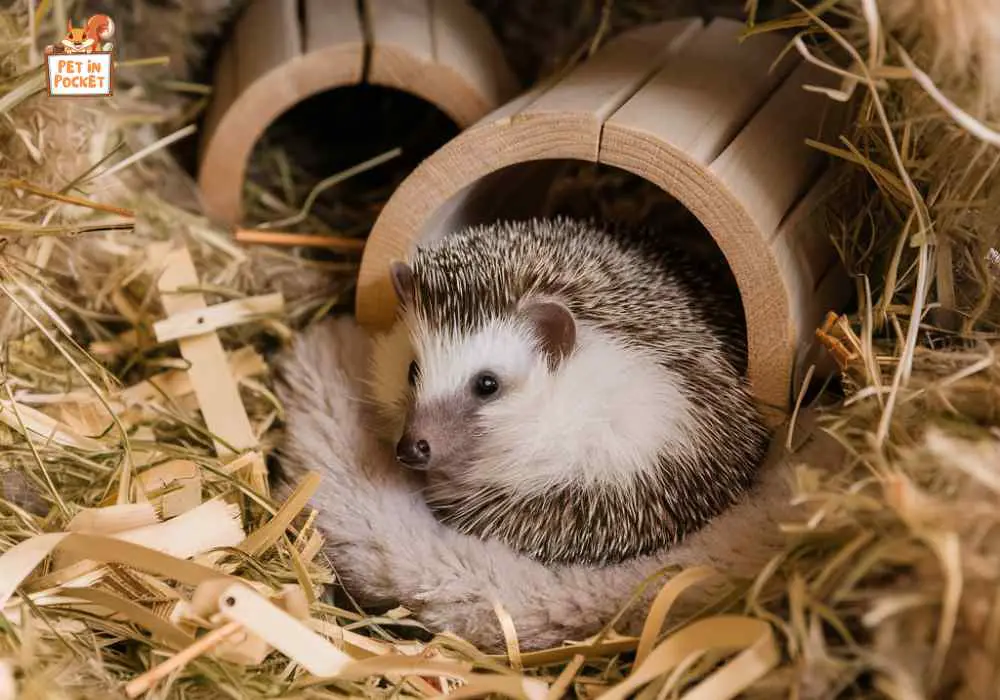
People fall for unsafe bedding for their hedgehogs again and again. Little do they know that these substrates damage their pet’s health in the long run. Here are some examples of toxic beddings that you should avoid at all costs.
1. Corn Cob Bedding
People buy corn cob bedding because it is cheap and absorbs liquid like magic. But let’s not overlook its rough texture and poor performance in masking odor. Besides, corn cob substrates can retain water and promote mold growth. Hence, maintaining hygiene and sound health is difficult with such a bedding.
2. Pine Shavings And Bark Chips
Keepers often prioritize pine shavings over any other substrate. Sure, pine bedding mixed with bark chips works for most pets. But the trick backfires on hedgehogs.
Scientifically speaking, pine shavings have Abietic Acid. When exposed to this bedding for a long time, hedgehogs develop respiratory disease and internal organ complications.
We see no reason to make our hedgies suffer with this terrible choice. You better look for a better and safer substrate instead.
3. Cedar Shavings
Like the pine shavings, cedar shaving is another red flag for hedgies. It has harmful Plicatic acid that can affect the respiratory system of the pocket pets. Besides, it can cause poor digestion, kidney failure, liver damage, and organ complications.
4. Hay and straw
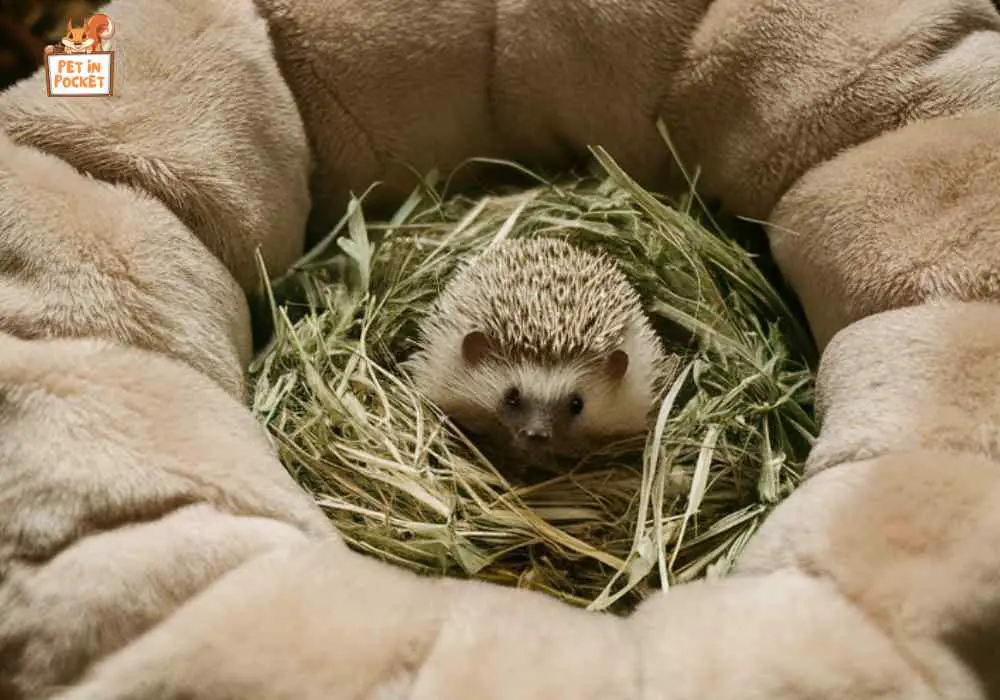
Straws and hays are popular wild hedgehog bedding. The hedgies bring these substrates from their surroundings and build a bed. However, we do not suggest it for captive pets.
Bedding made from hay and straw has a rough texture. It makes sleeping or burrowing uncomfortable for our quill balls. Furthermore, the sharp edges of the straws can scratch the hedgehog’s eyes or skin.
Conclusion
Do not fall for the sponsored ads on the internet or the sweet talking of the pet store salesmen. Only buy a substrate that is safe and comfortable for the hedgehogs in the long run. We discourage you from experimenting with toxic beddings such as sawdust, gravel, sand, cedar, pine, etc.
FAQs
What is the best bedding for a hedgehog house?
Bioactive bedding is hands-down the best for a hedgehog house. The substrate can be made with 40% coco coir, 30% potting soil, and 30% reptile sand. You can also add leaf litter, coconut husks, sphagnum moss, and worms to the mix.
What type of bedding can hedgehogs use?
Hedgehogs are comfortable with paper bedding, fabric liners, aspen shavings, and bioactive substrates. Some keepers use just any wood shavings to layer the bottom of the cage. However, cedar shavings and pine shreds are extremely toxic to hedgies.
Do hedgehogs like a lot of bedding?
In the wild, hedgehogs love to dig in the soil and leaf-dump. They carry the same instinct while in captivity. So, they will love thick bedding (at least 3 to 4 inches). It will help the hedgies burrow and relax.
Why is my hedgehog eating his bedding?
Hedgehogs might munch on the substrate to create a self-anointing bond with their surroundings. Though the reason for self-anointing is not clear, researchers claim it is normal behavior. Sometimes, hungry hedgehogs feast on the bedding out of desperation.
Do hedgehogs like hay or straw?
In the wild, hedgehogs collect both hay and straw to make bedding. However, they seem to prefer hay over straw because of its softness. The hedgies are at risk of getting scratched by the pointy and rough edges of the straws.
What kind of fabric do hedgehogs like?
Fabrics are soft and warm for hedgies. You can use fleece blankets, puppy pads, soft towels, and pillowcases as substrates for the hedgehogs. Among these, the quill balls are more comfortable with fleece liners.
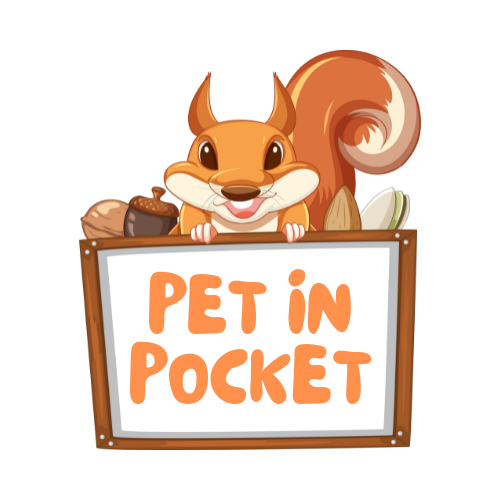


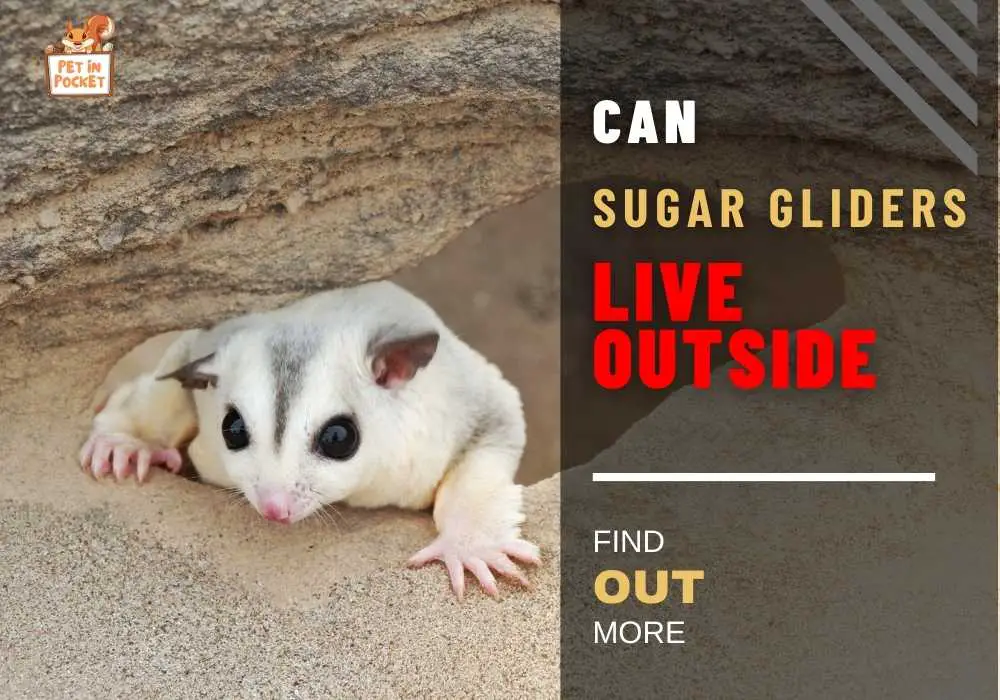
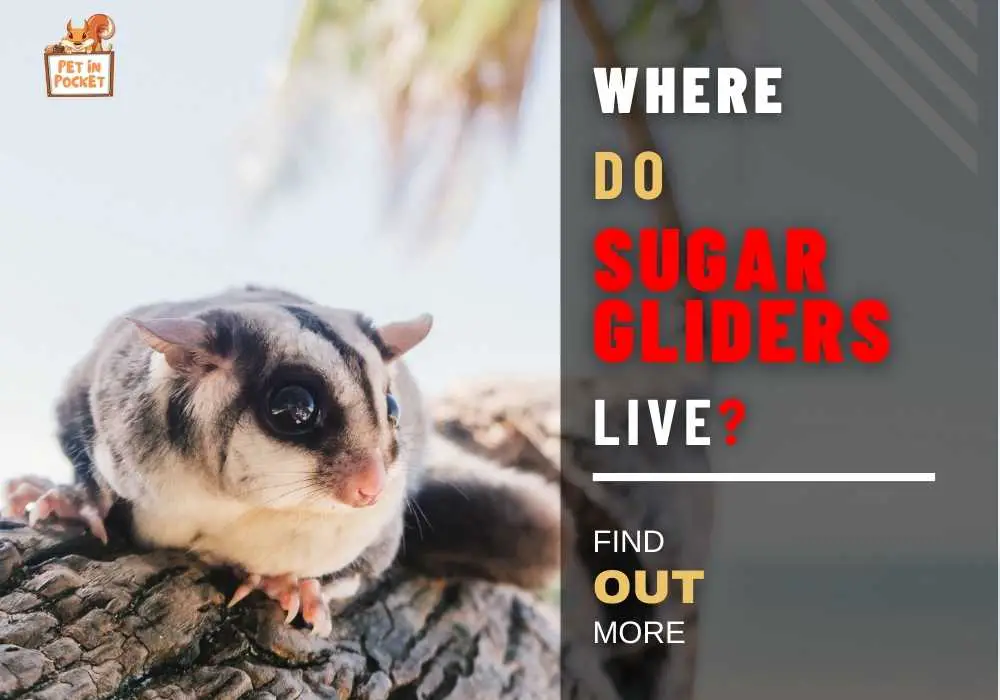
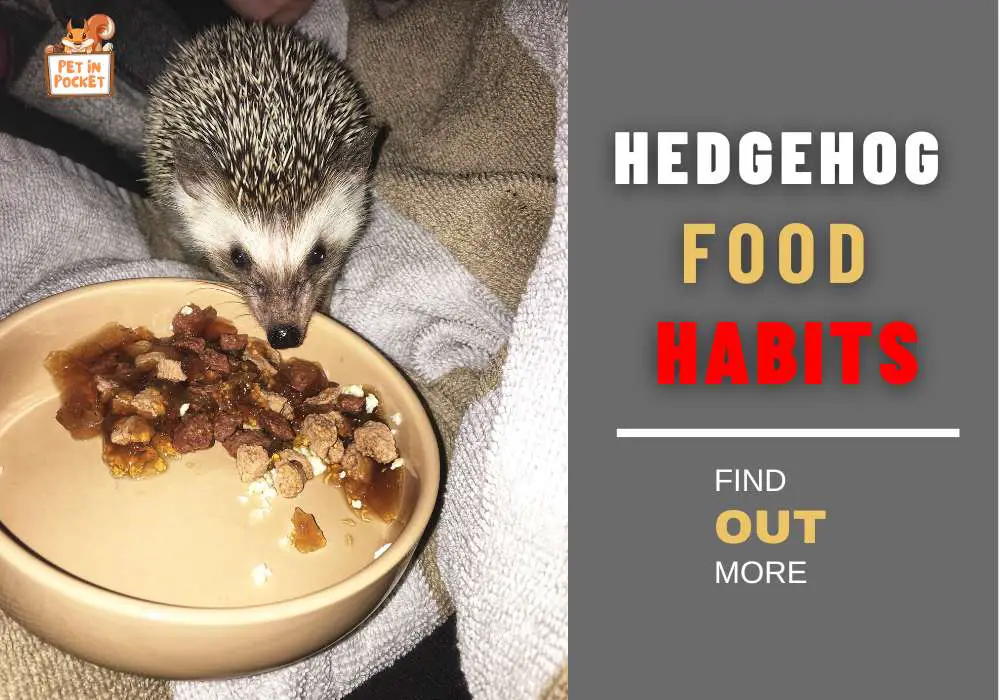
Leave a Reply